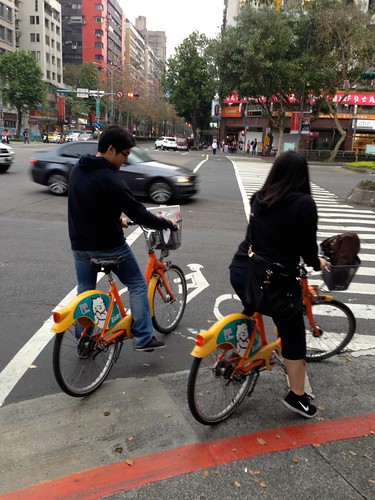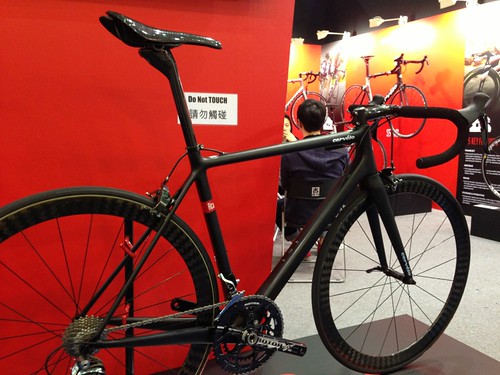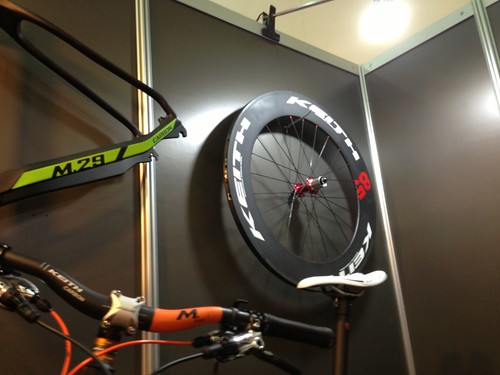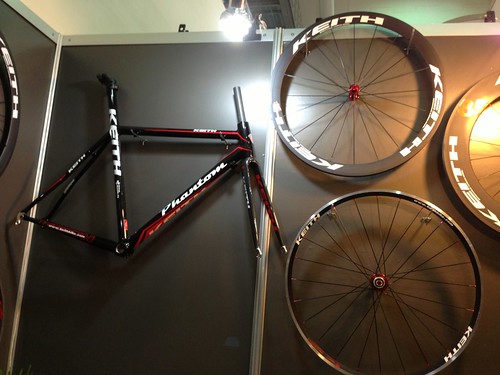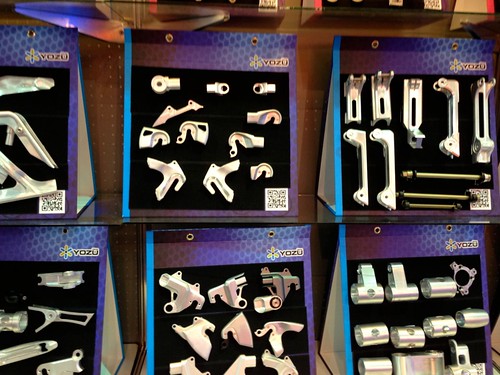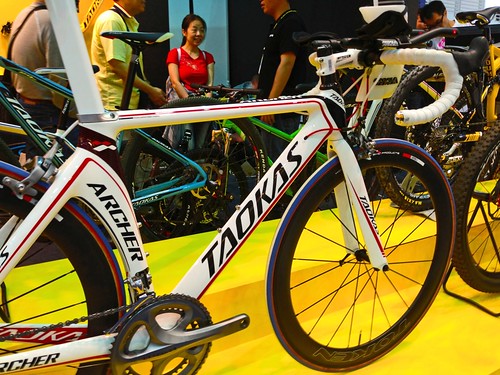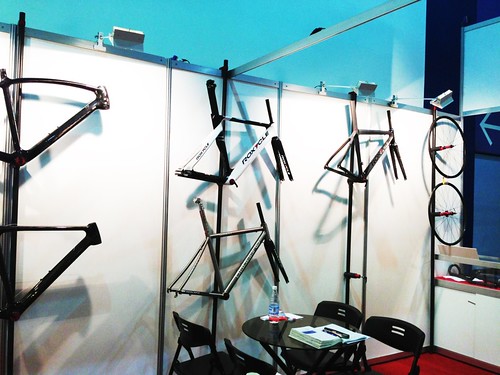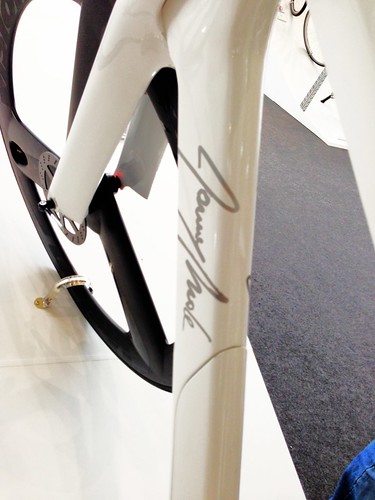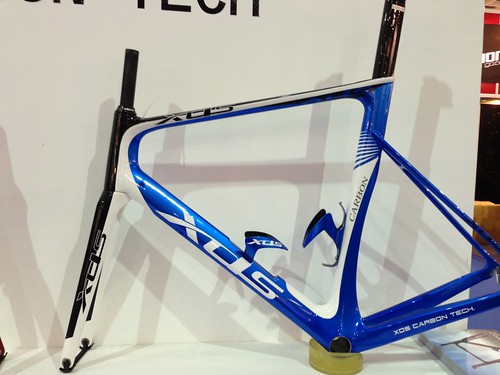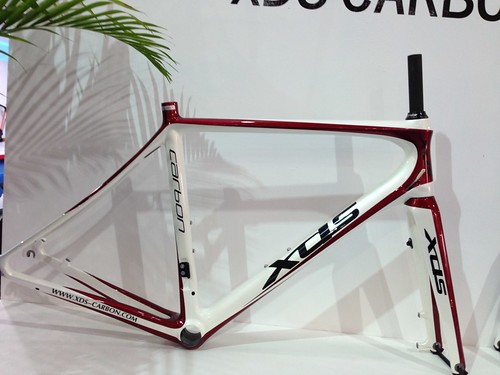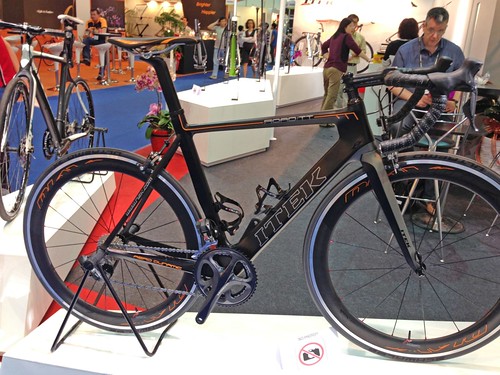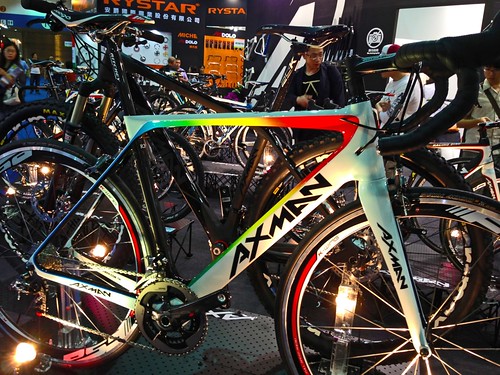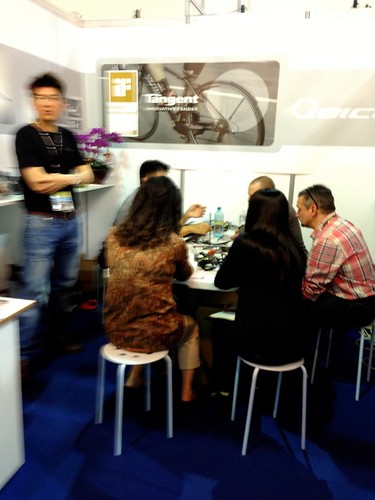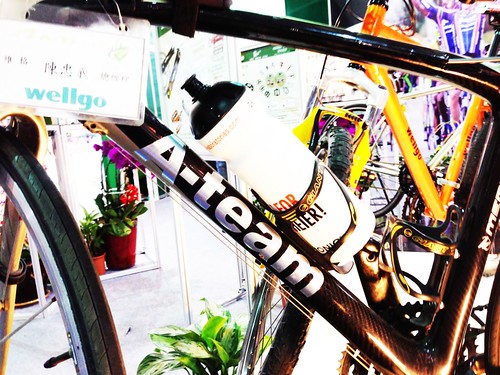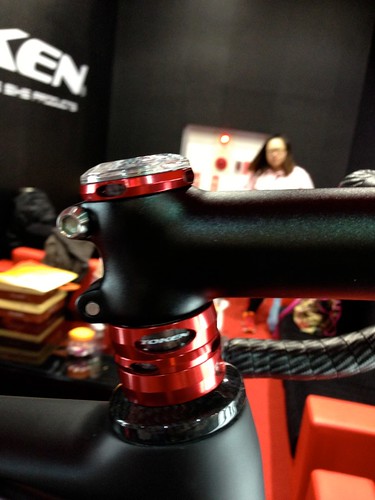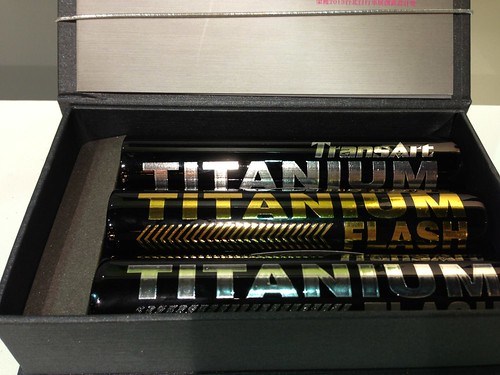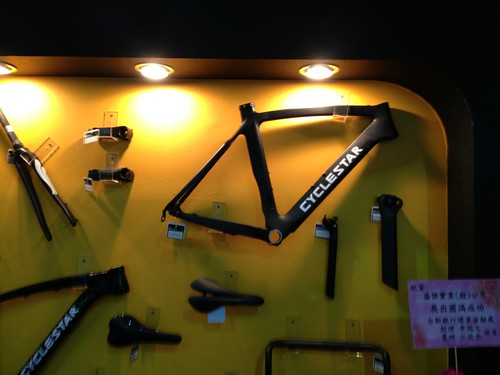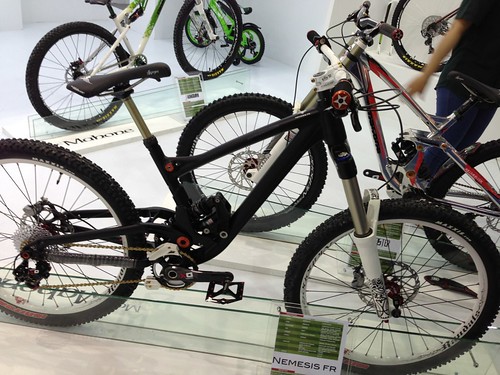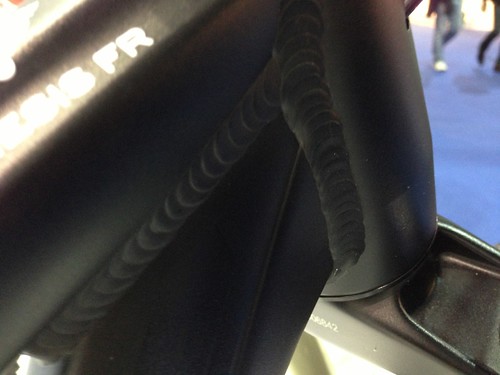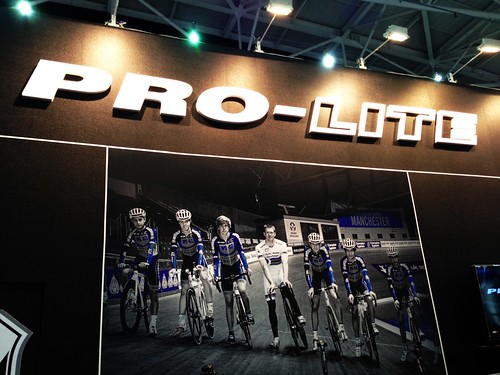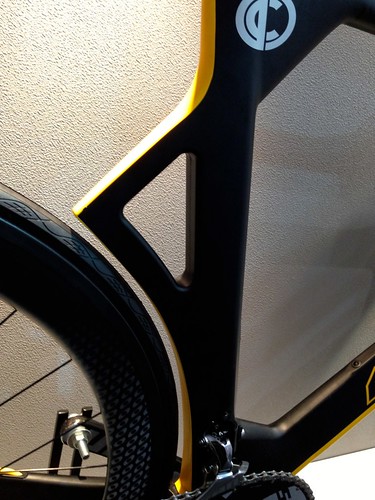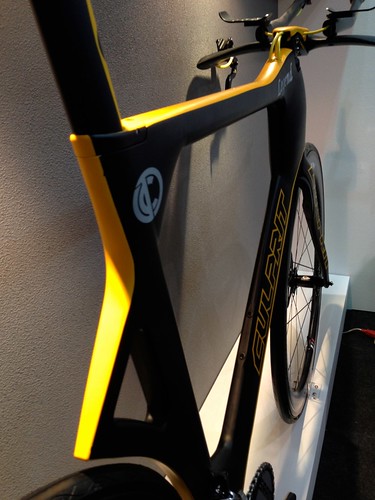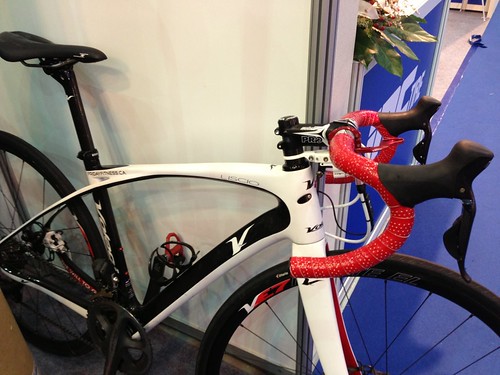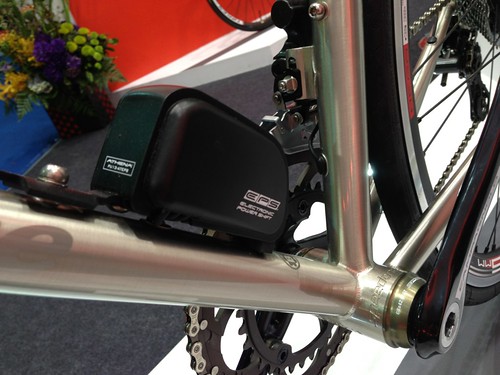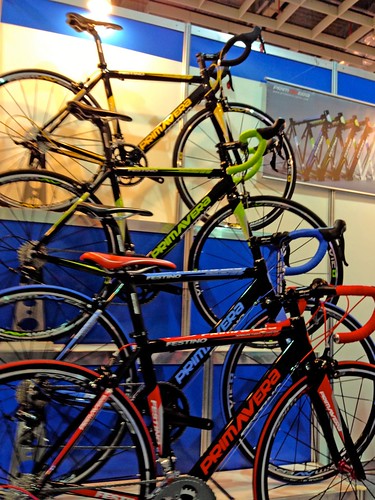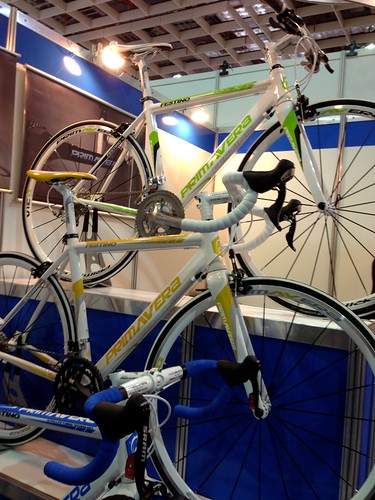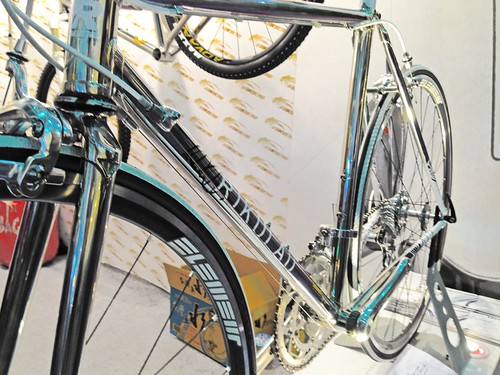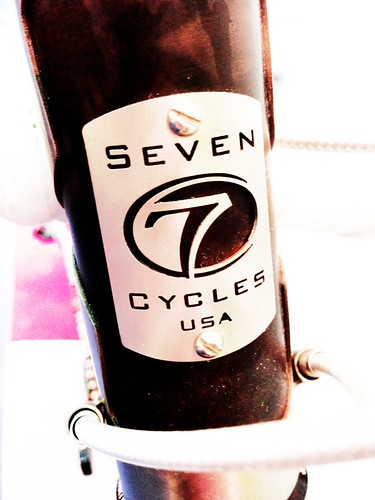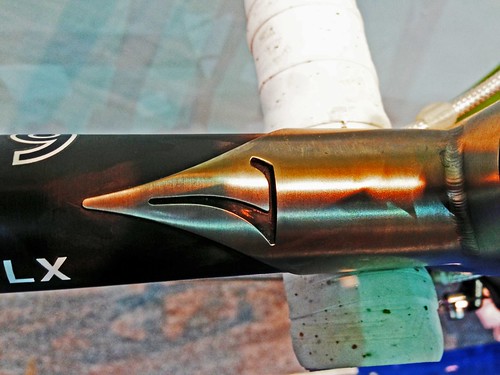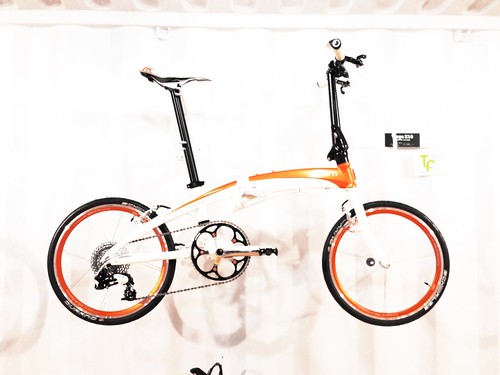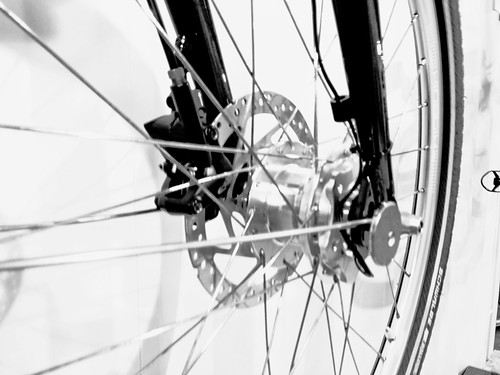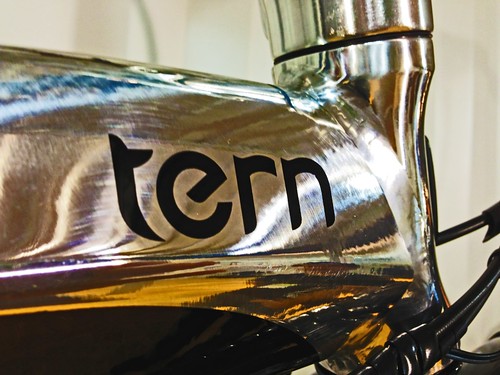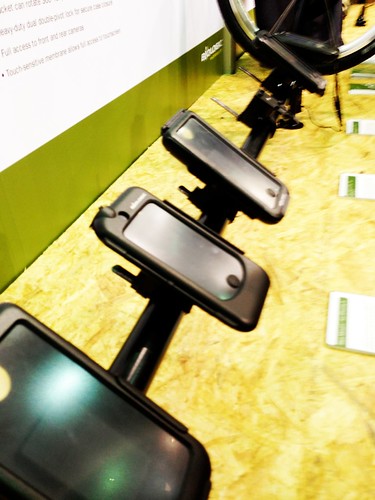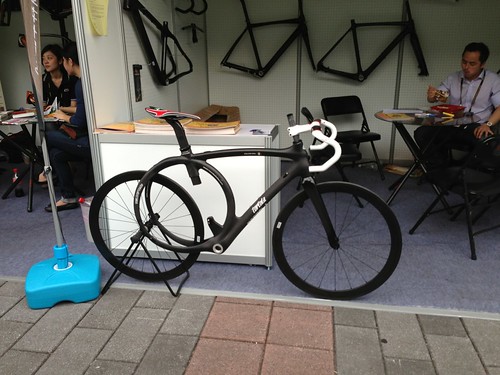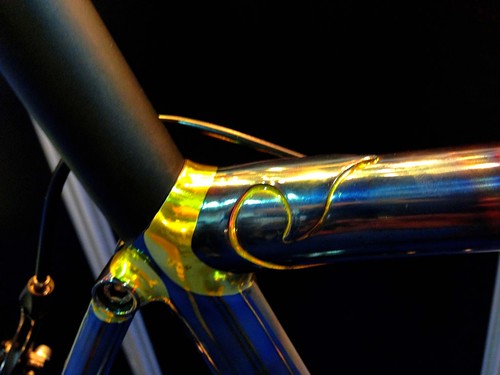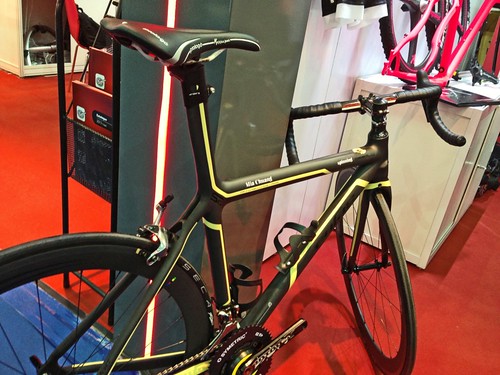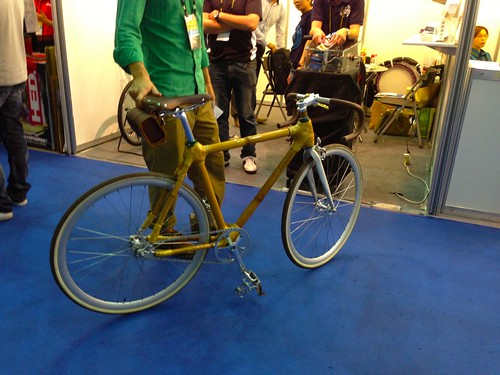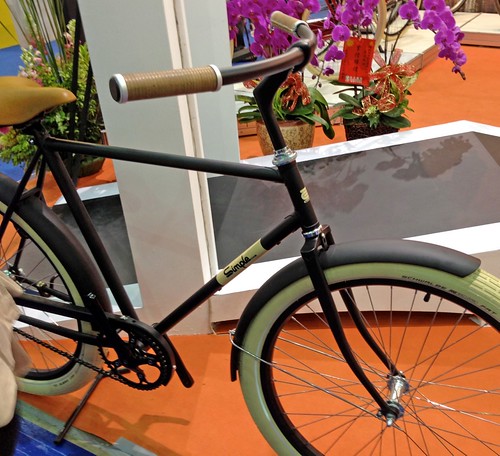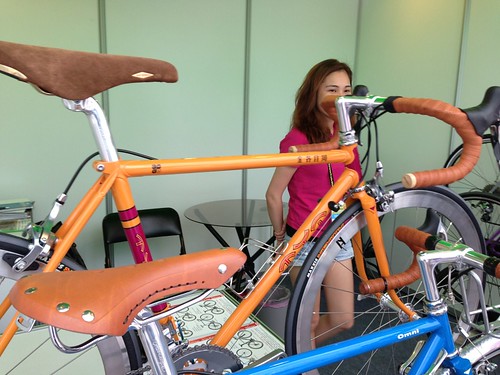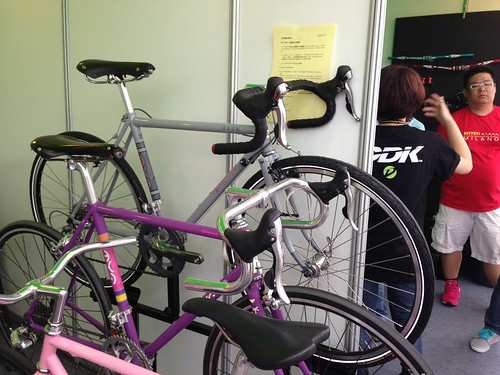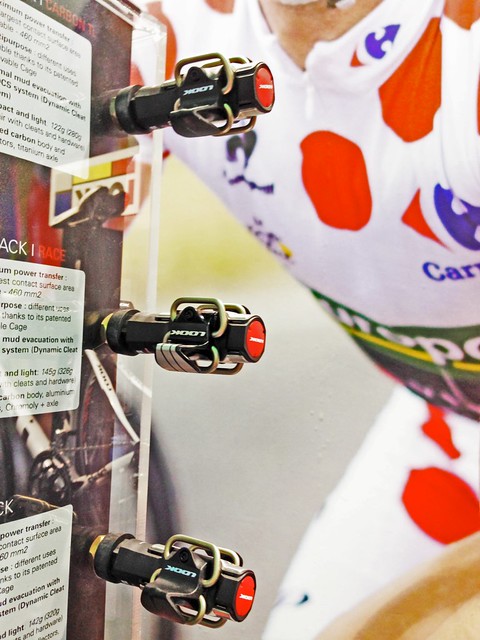
Over the past several years I have been riding some kind of pedal from the Crank Brothers, the company out of Laguna Beach, California, that revolutionized the world of mountain and cyclocross pedals.
With a stiff enough shoe sole, a good set of mountain pedals can work just fine with road riding, and I liked the idea of having one set of good, walkable shoes to share between my road and CX bikes.
I liked the idea of Crank Brothers. I wanted their products to work as advertised. They were innovative and practical. They were diminutive and elegant.... or at least as elegant as you can get in the world of mountain bike pedals --a world defined by the massively utilitarian Shimano M520 series.
I wanted so bad for the Eggbeaters and Candies to live up to the ad copy.
They didn't.
My expensive, high-end Eggbeater 3s started to fall apart after a year of ROAD riding. The replacement Candy SL pedals failed on consecutive days after about a week of riding. I was given a replacement set of Candy pedals for NT1000, but I had put enough pieces of the puzzle together to realize that Crank Brothers and their shoddy construction were causing me more time off the bike than they were worth.
That nagging knee pain that had cost me so dearly over the course of a year... it coincided with my purchase of the eggbeaters. I had my suspicions, but there were so many variables. As the eggbeaters loosened and unclipped with a mere pull, my riding changed. I could no longer trust my equipment.

I really didn't want to buy new pedals and new shoes for my pedals, so I was looking for a light weight, high performance mountain bike pedal that was radically different from the Crank Brothers offerings... with a design aesthetic that I could live with on a beautiful titanium road bike as well as my orange CX bike.
That is when I discovered Look's new pedal: The S-Track.
The Look S-Track pedal seemed to fit the bill perfectly.
The Look S-Track is a completely redesigned pedal from the Look Quartz that was shamed from the brand for its numerous failures and complications. The S-Track supposedly is the result of a company having learned some hard and costly lessons.
Although the spring engagement looks similar to that of the Quartz, the mechanism and cleat have been redesigned and are therefore not compatible. The "S" in S-Track stands for the S-shaped spring that holds the cleat in place.
Look has three iterations of the S-Track pedal to choose from:
- S-Track (142g)
- S-Track Race (145g)
- S-Track Carbon-Ti (122g)
The difference between the three are construction materials and weight.
For practical purposes I went with the low-end S-Track pedal so I wouldn't feel too bad if I hated it or if it broke after a week.

I have been riding the Look S-Track pedals for about six weeks and, in the short term, I give them a huge endorsement over the Crank Brothers pedals. I have taken them on a few rough hill climbs, wet weather and hard mashing.
According to the company, the S-Track pedals have a larger spindle and thus offers more surface area (460mm2) and thus greater support.
I am cautious to buy into marketing science, and most modern shoes are stiff enough to turn the entire sole into a platform. I always use the example of an aluminum bat and a needle. If you push your hand against the bat it is fine. If you push into a needle it hurts like hell. The difference is that the bat has a larger area to displace energy. The same goes for a pedal. With solid soles the energy should be dispersed over the entire sole... regardless of spindle size. Still, the S-Track pedals felt far more comfortable than the Crank Brothers system.

Usually I try to check my bias between something better and something new. With the S-Track pedals I felt a more solid connection to the pedal. I did not feel loose or shaky in while clipped in. The feeling was of being suctioned in place.
The Crank Brothers feel rickety and unsure. I could feel a lag under each pedal stroke as the pedal caught up with the cleat. Side by side they make the Crank Brothers look obsolete and clumsy.
The Looks took some time to get used to clipping in. They are a little harder than the Crank Brothers, and I can only clip in on two sides as opposed to four, but the connection is sure every time. I know I am in. Often with the Crank Brothers I found myself searching for the snap. I had always assumed the looseness was in how quickly the cleats wore down. Apparently it was simply the pedals loosening up after a couple hundred kilometers.
The S-Track cleats and screws are solid. They feel robust enough to last. My first set of Crank Brothers cleats had to be taken off with a hacksaw after I had stripped them over the course of a week while I tuned my position. It made me reluctant to mess with them. The screws were so soft they would warp with every turn of the hex wrench.

My greatest endorsement comes from the fact that my knee pain has miraculously disappeared. Before, it would go away for a while, but then ebb back as I started to practice my climbing. It was frustrating to say the least and really held me back at times I could have done some amazing things on the bike. I will never get those lost moments back. Nor will I get back those months out of the saddle.
I am so relieved to have discovered the root of my problem and put Crank Brothers and their pedals behind me.
Now, I worry if the plastic will last, and having bought the lowest-end of the series, if I should have gotten a more robust race model.
Another concern is that the S-Track pedals are not available everywhere.
As far as an initial report, these pedals deserve the attention of anyone considering Crank Brothers. These are a better pedal.
I am relieved to find how well they are working for me and I can't wait to readjust back to a normal riding cadence now that I do not have to fear the upstroke and a potential disengagement. I am relieved my knee doesn't hurt. I am relieved to have found a seemingly great pedal.
With the good feelings from my knees, I can easily make a solid recommendation for the S-Track. Crank Brothers should really invest in engineering pedals that can last. I can't believe they are expected to be used off road or in foul weather. They couldn't even handle dry road riding.
Stay tuned and see how well the Looks fare over the long term.
June 6, 2013 UPDATE:
Although the pedals were less a part of my knee issues than I thought, things did improve with the S-Track pedals.
What I really notice after a period of use, is how well the pedal body and cleat look after some regular riding and even walking around on pavement. My shoes are getting old, and the rubber has warn down, so more of the cleat comes in contact with the road when I dismount. My Crank Brothers pedals always looked as if they'd aged 5 years over the course of the first week out of the box. The brass cleats would always chip and wear as soon as they were exposed to outside air. The pedals fared no better. They'd loosen up after about a month or two.
The Look S-Track pedals are as tight today as they were new. The cleats look new, save for a little wear on the refillable rubber grips. There is a bit of wear on the plastic mud guards, but very little cosmetic damage.
The pedals stick to the cleat during the entire motion of the pedal stroke. The CBs tended to get sloppy. There are no hot spots or other issues.
The engagement is a bit easier now. Very intuitive.
I couldn't ask for more.


